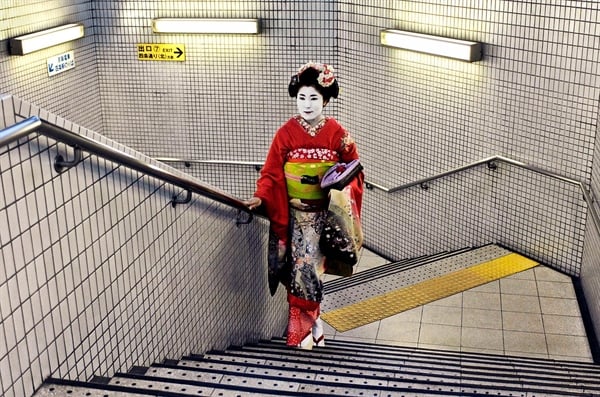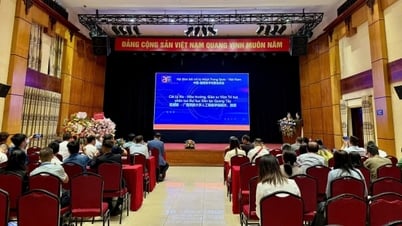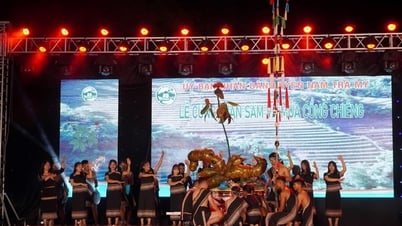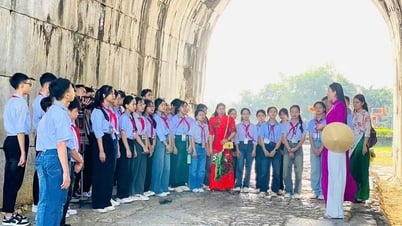
Geisha culture in Japan has changed Photo: STEVE MCCURRY/MAGNUM
Geisha are Japanese female entertainers, typically hired to entertain guests at teahouses and social events. At such events, geishas would sing, dance, perform music , host tea ceremonies, and serve food, drinks, and engage in lively conversation with guests.
A woman who wants to become a geisha must first attend training classes where geisha will learn the necessary skills. An apprentice geisha is called a maiko and the apprenticeship takes about five years to complete. To become a geisha, maiko will take lessons in singing, dancing and playing music. They will also learn the art of conversation as well as the hosting skills that a geisha needs to acquire.
According to statistics, in the late 1920s, Japan had about 80,000 geisha, but now the number is about 600. There are many reasons for this decline, one of which is that the lives of geisha today are very precarious and in order to keep their profession, they have to find ways to adapt. The way Azuha and Seiko, two geisha in Tokyo's Asakusa district, is typical of geisha in 2023. The two girls have the standard appearance of a geisha, with white painted faces and silky black hair. They dance elegantly in silk kimonos in front of crowds at luxurious parties. However, the next day, at another drinking party, they are willing to play a game with the guests, and when they lose, Azuha crawls like a tiger, while Seiko pretends to be an old woman with a cane, and both have to drink a full glass of beer.
Shiomi Fumie, a geisha in Tokyo, has started holding “live house” events, but she has eliminated the lavish meals traditionally served at hour-long geisha parties. Instead, she is offering short performances, which cost just 8,000 yen ($54), a far cry from the hundreds of dollars an hour used to cost. By making geisha performances more accessible, she hopes to attract younger customers and recruit some geisha.
Geisha are also targeting a more diverse audience, including women and tourists , and have abandoned the practice of “ichigensan okotowar,” which means turning away first-time visitors without an introduction. Today, some tour websites offer packages that allow visitors to watch performances or dine with apprentice geisha. Each performance lasts for several weeks, and there are usually two or three performances per day, depending on the occasion. Tickets cost between ¥3,000 and ¥5,000 and can usually be booked online through the website.
In the summer, theaters also host a garden with drinks served by geisha. Some hotels also host performances and meals with geisha. Recently, some geisha have been holding drinking parties via Zoom…
These changes, which many consider “substandard,” are part of the geisha’s response to economic hardship, according to The Economist . Traditionalists are shocked by the change. But it is not a departure from geisha tradition, whose services have been fluid for centuries. Geisha used to play board games with their clients, and in the post-war boom, they played golf. The entertainment of geisha, which is more similar to that of today’s bar girls than purists would like to admit, is a bit more traditional.
These innovations not only help geisha survive, but also attract new recruits. Before becoming a geisha, Shiomi worked for an IT company. She loved the beautiful kimonos, dances and songs of her new career: “Being a geisha doesn’t make much money, but it’s fun,” she said.
“Most Japanese men today prefer to go to bars with hostesses, which are cheaper,” said Suzuki Takeshi, manager of the Asakusa geisha association. “The way geisha are doing it now so that Japanese people don’t lose their connection to geisha culture, and that they can make a living doing it, is commendable.”
Thai An
Source


![[Photo] General Secretary To Lam visits exhibition of achievements in private economic development](https://vphoto.vietnam.vn/thumb/1200x675/vietnam/resource/IMAGE/2025/5/18/1809dc545f214a86911fe2d2d0fde2e8)

![[Photo] More than 17,000 candidates participate in the 2025 SPT Competency Assessment Test of Hanoi National University of Education](https://vphoto.vietnam.vn/thumb/1200x675/vietnam/resource/IMAGE/2025/5/17/e538d9a1636c407cbb211b314e6303fd)

![[Photo] National conference to disseminate and implement Resolution No. 66-NQ/TW and Resolution No. 68-NQ/TW of the Politburo](https://vphoto.vietnam.vn/thumb/1200x675/vietnam/resource/IMAGE/2025/5/18/adf666b9303a4213998b395b05234b6a)


















![[Photo] Prime Minister Pham Minh Chinh chairs meeting on science and technology development](https://vphoto.vietnam.vn/thumb/1200x675/vietnam/resource/IMAGE/2025/5/17/ae80dd74c384439789b12013c738a045)




































































Comment (0)